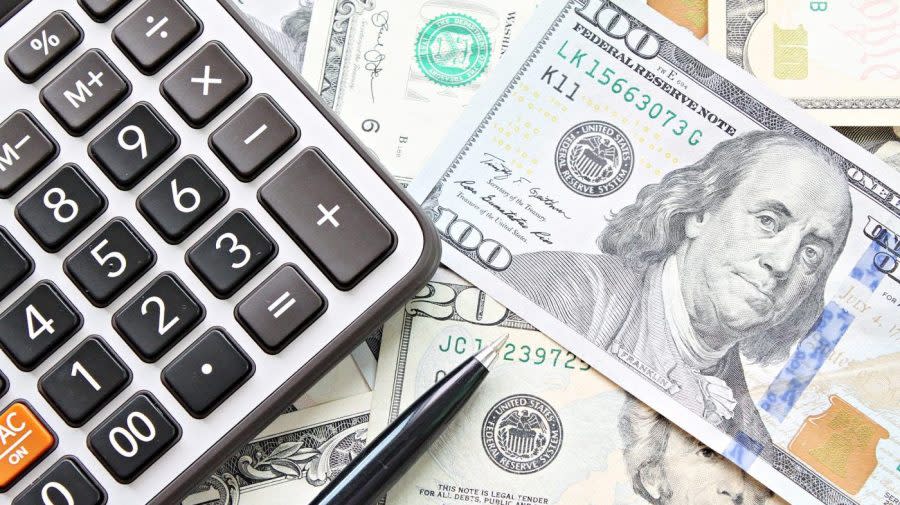Money supply ticks positive as inflation sticks above 3 percent

Annual growth of the U.S. money supply in April advanced into positive territory for the first time since November 2022, pushing against the effects of elevated interest rates as inflation hovers above 3 percent.
The comprehensive money supply, known as M2, rose by 0.59 percent annually in April to hit $20.8 trillion after contracting by as much as 4.5 percent a year ago, the Federal Reserve reported Tuesday.
The program of dramatic quantitative easing in response to the pandemic — consisting of dropping interest rates to zero and boosting the money supply — likely staved off a serious depression as the economy was shut down by the pandemic. Huge amounts of stimulus from both the Trump and Biden administrations also played a major role in averting that downturn.
But all that extra money in the system allowed corporations to raise their prices, fueling a surge of inflation that has yet to be licked despite a subsequent program of quantitative tightening by the Fed.
“The increase in the [money supply] stock was so huge that excess liquidity and savings are still likely permeating through the system,” Deutsche Bank researcher Jim Reid wrote in a Wednesday commentary.
The money supply started coming down in April 2022, the same time the Fed started raising interest rates.
But the M2 has been rising again since October, notwithstanding an uptick caused by bank failures that led the Fed to extend an extra line of credit to the financial industry. Inflation has been sticking around 3 percent for as long as the money supply has been increasing.
It is still above its pre-pandemic trend but is likely to normalize around the end of the year, analysts predict.
“What happens then is a big outstanding question,” Reid wrote. “To maintain economic growth at current levels, the money supply will likely have to start growing faster again soon. The main ways this could happen is by the Fed loosening policy (rates or balance sheet activity), banks lending more, or more expansionary fiscal policy.”
Copyright 2024 Nexstar Media, Inc. All rights reserved. This material may not be published, broadcast, rewritten, or redistributed.
For the latest news, weather, sports, and streaming video, head to The Hill.

 Yahoo Finance
Yahoo Finance 